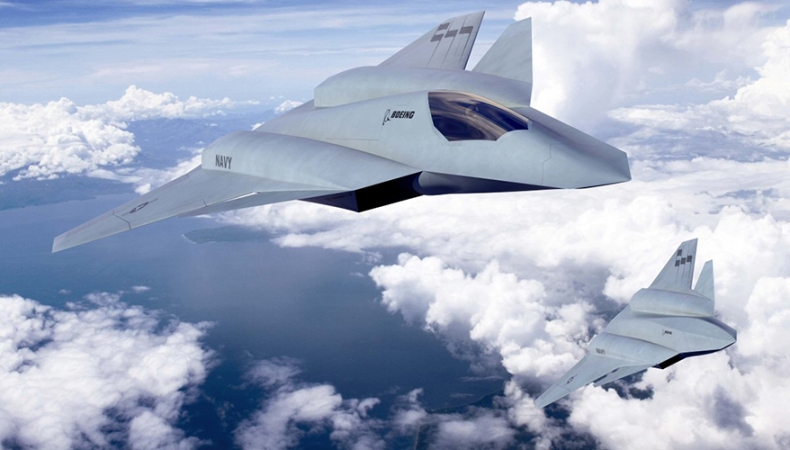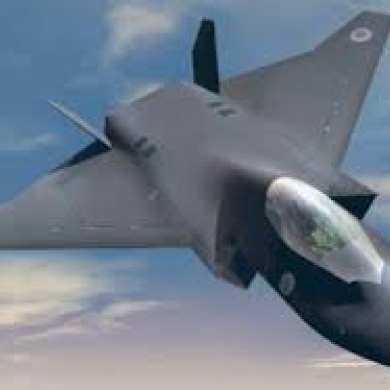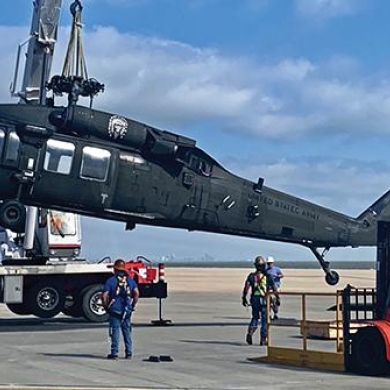The Navy is eyeing a mix of manned and unmanned platforms as it embarks on its next-generation air dominance program, which will replace some of the service's aging planes, said a top official March 30.
At the center of the iniatitive is an effort to procure a sixth-generation fighter and replace the F/A-18E/F Super Hornet, said Rear Adm. Gregory Harris, director of the air warfare division of the office of the chief of naval operations. The Super Hornet will begin nearing the end of its service life in the mid-2030s.
The Navy has not yet decided whether that platform will be robotic or have a pilot in the cockpit, he said during a virtual event hosted by the Navy League of the United States.
“In the next probably two to three years, we'll have a better idea of whether the replacement for the F/A-18E/F will be manned or unmanned,” he said. “I would believe it will most likely be manned but I'm open to the other aspects.”
That decision will be informed by a concept refinement phase, which the Navy is currently in, he said.
“That concept refinement phase and the teams that we have with our prime air vehicle vendors will start to advise what's in the realm of possible — has autonomy and artificial intelligence matured enough to be able to put a system inside an unmanned platform that has to go execute air-to-air warfare?” he said.
Air-to-air warfare is perhaps the most complex mission for an autonomous capability to perform, he noted.
https://www.nationaldefensemagazine.org/articles/2021/3/30/navys-next-generation-air-dominance-program-to-be-family-of-manned-unmanned-systems



